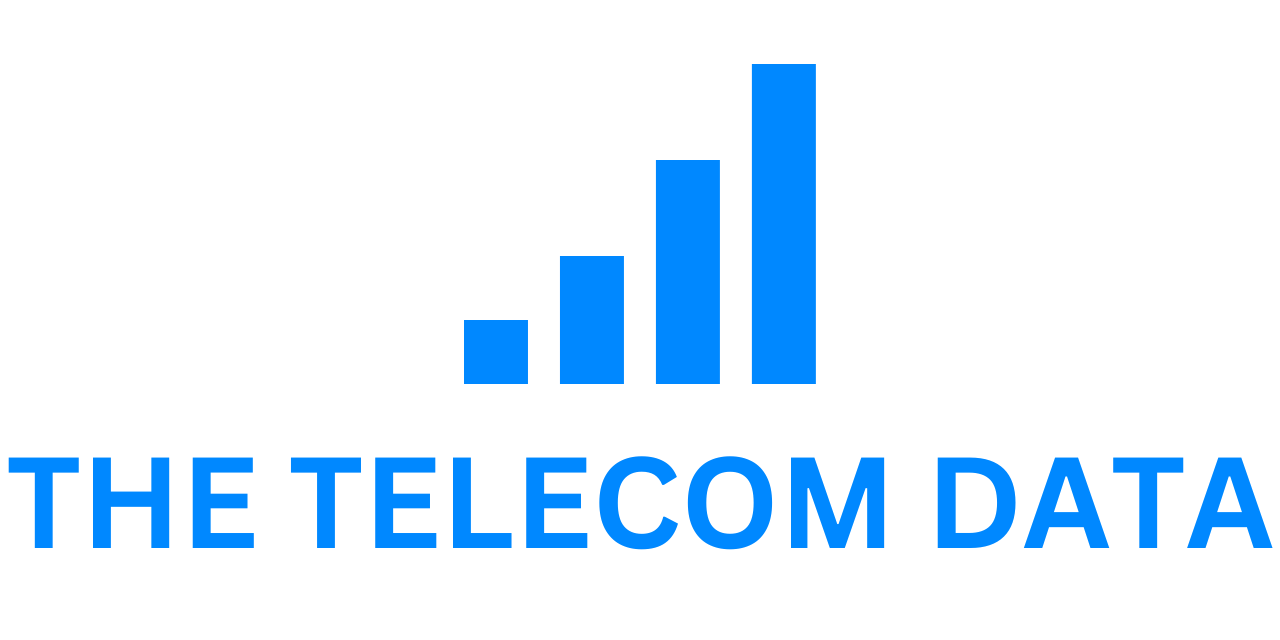Advancing the All-Optical Digital Economy Towards the 10G Era
All-optical networks have emerged as the linchpin of the digital economy, capturing the attention of nations globally due to their unparalleled transmission speed, expansive capacity, and remarkable reliability. In response to this, the EU introduced the “EU Digital Decade,” outlining new digital targets for 2030 to facilitate the deployment of next-generation broadband infrastructure boasting gigabit speeds. Simultaneously, China unveiled its ambitious “14th Five-Year Plan,” focusing on the widespread implementation of gigabit optical networks, accelerating gigabit city construction, and facilitating 200G/400G upgrades. Over 20 countries, including Thailand, Egypt, Morocco, and India, have also disclosed their national fiber broadband plans.
Even amid a global economic downturn, operators continue to invest in optical networks, fueled by three pivotal factors. First, advancements in optical communications technology have led to more cost-effective, efficient, and capable optical transport equipment, reducing overall expenses. Second, as industries progress digitally, the demand for high-speed, large-capacity networks has surged, especially with the growth of enterprise cloud services and data center interconnection bandwidth. Optical transmission technology emerges as the optimal solution to meet these rigorous requirements. Third, the integration of all-optical technologies with 5G, AI, and edge computing provides diverse solutions, enabling efficient and intelligent information transport and management, along with more comprehensive and personalized digital services for society. ZTE emphasizes the need for operators to innovate continually, expanding their market presence while investing in optical networks to stay ahead in this ever-evolving landscape.
The evolution towards an “ultra-wide, ultra-fast, and intelligent” all-optical foundation is crucial to empower digital cities. The upgrade of digital and intelligent all-optical networks accelerates the digital transformation across industries, breathing new life into the digital economy. Countries globally are actively pushing for digital city construction, integrating broadband, cloud computing, big data, IoT, and AI technologies. Consequently, all-optical networks must feature ultra-wide coverage, ultra-fast pipes, and intelligent Operations and Maintenance (O&M).
Ultra-wide coverage implies ubiquity, supporting massive connections across various scenarios like rural, industrial, residential, and business settings. For instance, in the industrial park scenario, deterministic PON can cater to industrial control scenarios sensitive to delay and jitter. ZTE’s contributions include providing all-optical coverage for online live streaming hubs in China and assisting a provincial finance department in building an OTN-based provincial information private network.
Ultra-fast pipes address network bandwidth capability. With the acceleration of global optical fiber transformation, the FTTx penetration rate is expected to reach 80.2% by 2027. Continuous price declines enhance the 10G PON industry chain, lowering network construction costs. ZTE, a key player in the optical transport field, has unveiled a new 50G PON product and achieved a world record in transmission distance without electrical regeneration with its 400G QPSK.
Intelligent O&M becomes indispensable to handle the constant growth of innovative services, requiring optical networks to possess flexible access, agile service provisioning, efficient visual O&M, accurate service planning, and better energy consumption performance. ZTE’s optical fiber fault management system significantly improves O&M efficiency and reduces costs.
The home broadband network service has become an integral part of people’s lives, encompassing office, education, safety, health, and entertainment. With all-optical FTTR as the foundation, the evolution toward FTTR+X is envisioned, leading to next-generation home networks that are digital, intelligent, ecological, and scenario-based.
Scenario-based services are driving the evolution of smart homes into a new revenue growth engine. The home can now serve as an office, cinema, classroom, or shopping mall. Operators can enhance user loyalty by offering personalized home services, and value-added services such as home security, smart home, online education, and live gaming present additional revenue streams.
Ecological layout becomes pivotal in industry competition, with basic telecommunications operators developing external ecosystems around brands, core products, user resources, and channel advantages. Internet companies leverage technologies, platforms, and data to form ecosystem relationships. The development of generative AI technologies, deep learning of user habits, and the construction of proactive customized services are poised to disruptively upgrade interactions at home, enhancing the smart home digital life experience. FTTR will undergo new technological iterations, introducing innovative technologies and applications such as distributed AI computing engines, intelligent home perception, ultra-fast data storage, and home digital humans.







